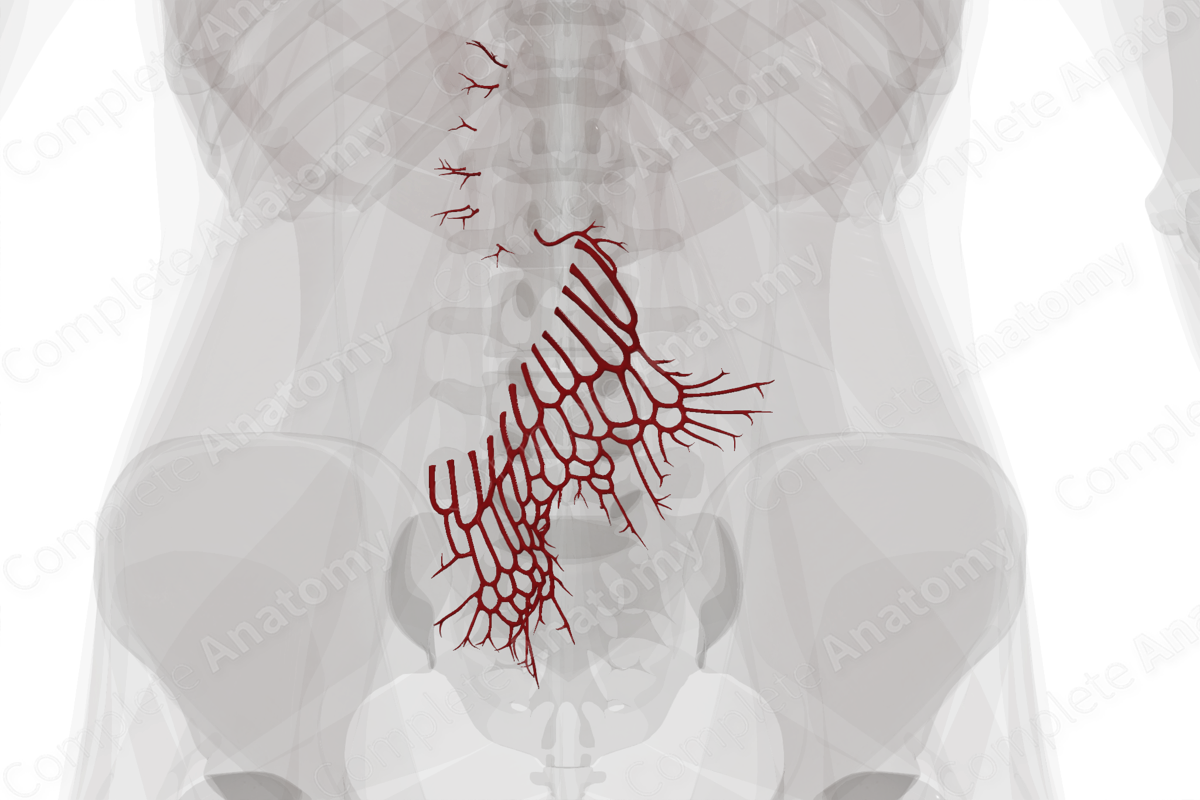
Description
The small intestine is made up of the duodenum, jejunum, and ileum.
Proximal to the entry of the bile duct in the descending part of the duodenum, the duodenum primarily receives its blood supply from the celiac trunk via the superior pancreaticoduodenal arteries. Distal to the entry of the bile duct, the duodenum receives its blood from the superior mesenteric artery, via the inferior pancreaticoduodenal arteries. The superior and descending parts of the duodenal also receive contributions from other arteries, such as the right gastric, supraduodenal, retroduodenal, right gastroomental and hepatic arteries.
The arterial supply to the jejunum and ileum arises from the superior mesenteric artery via the jejunal and ileal arteries, respectively. These arterial branches unite to form arterial arcades called the vasa recta.
Learn more about this topic from other Elsevier products
Artery

Arteries are vessels transporting blood between heart, tissues, and other organs in order to supply them with nutrition and oxygen.




